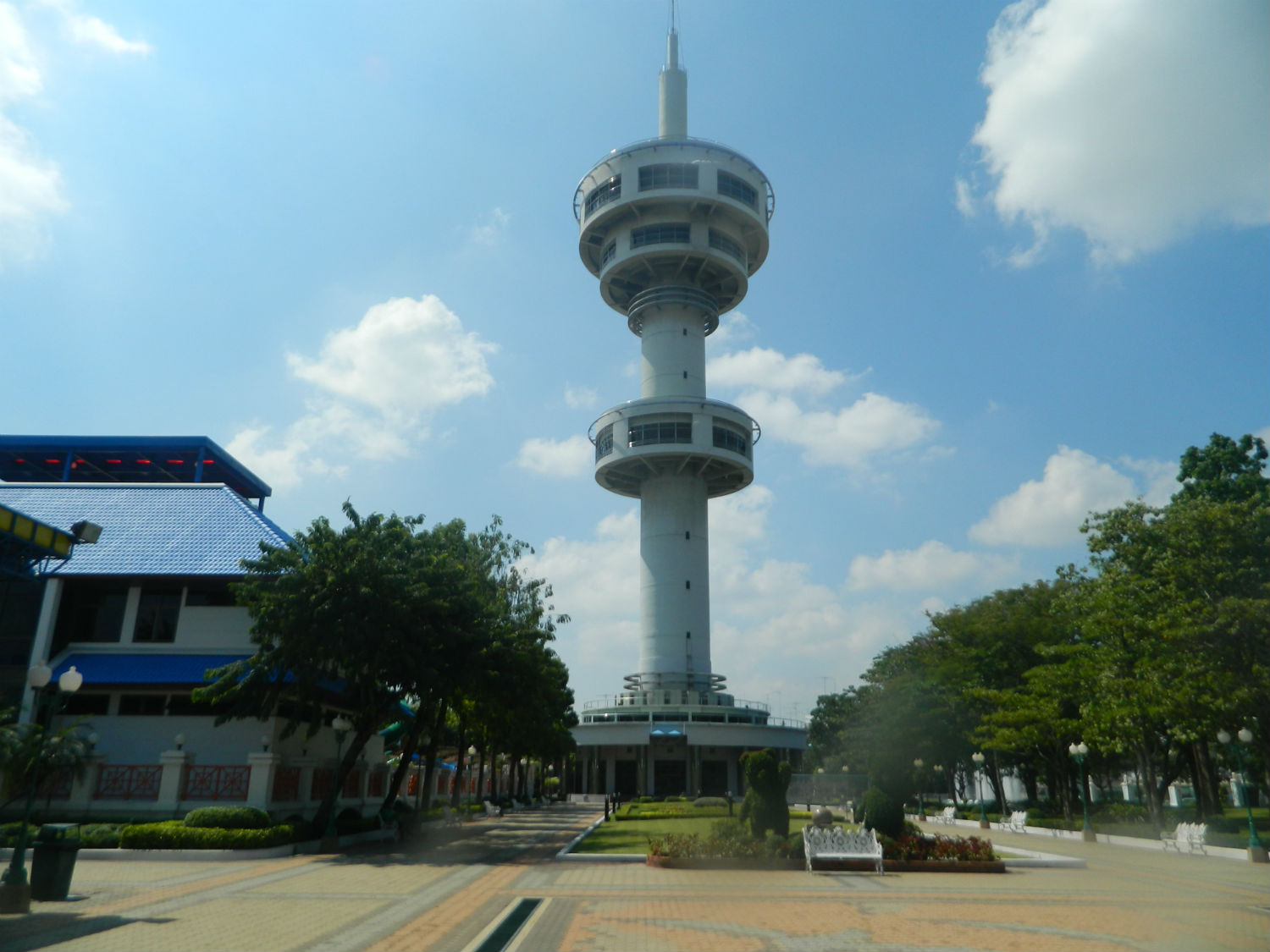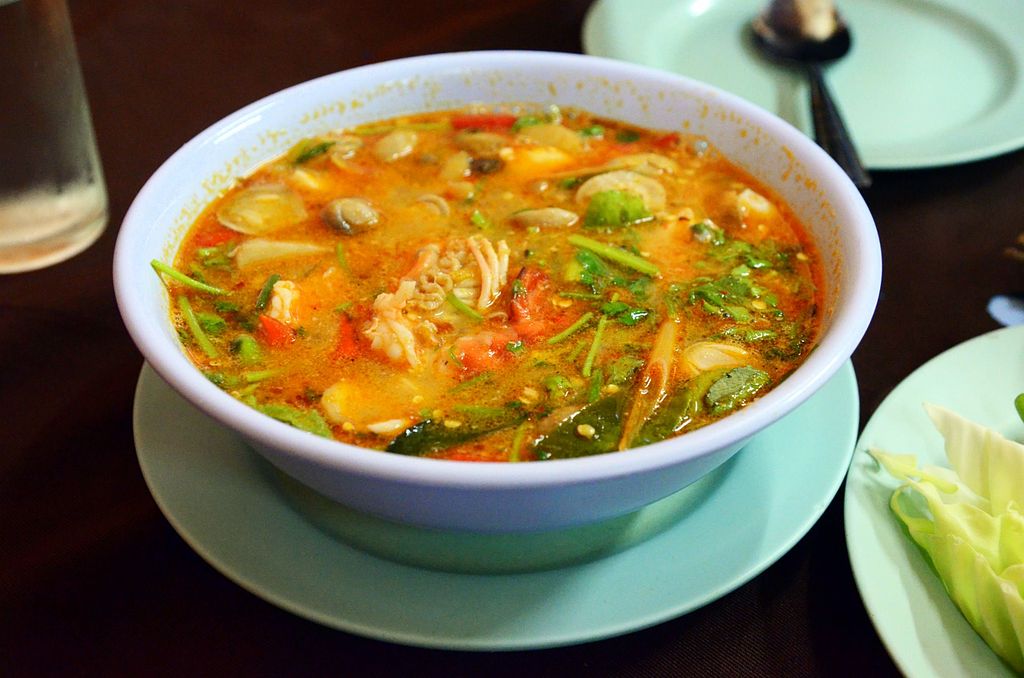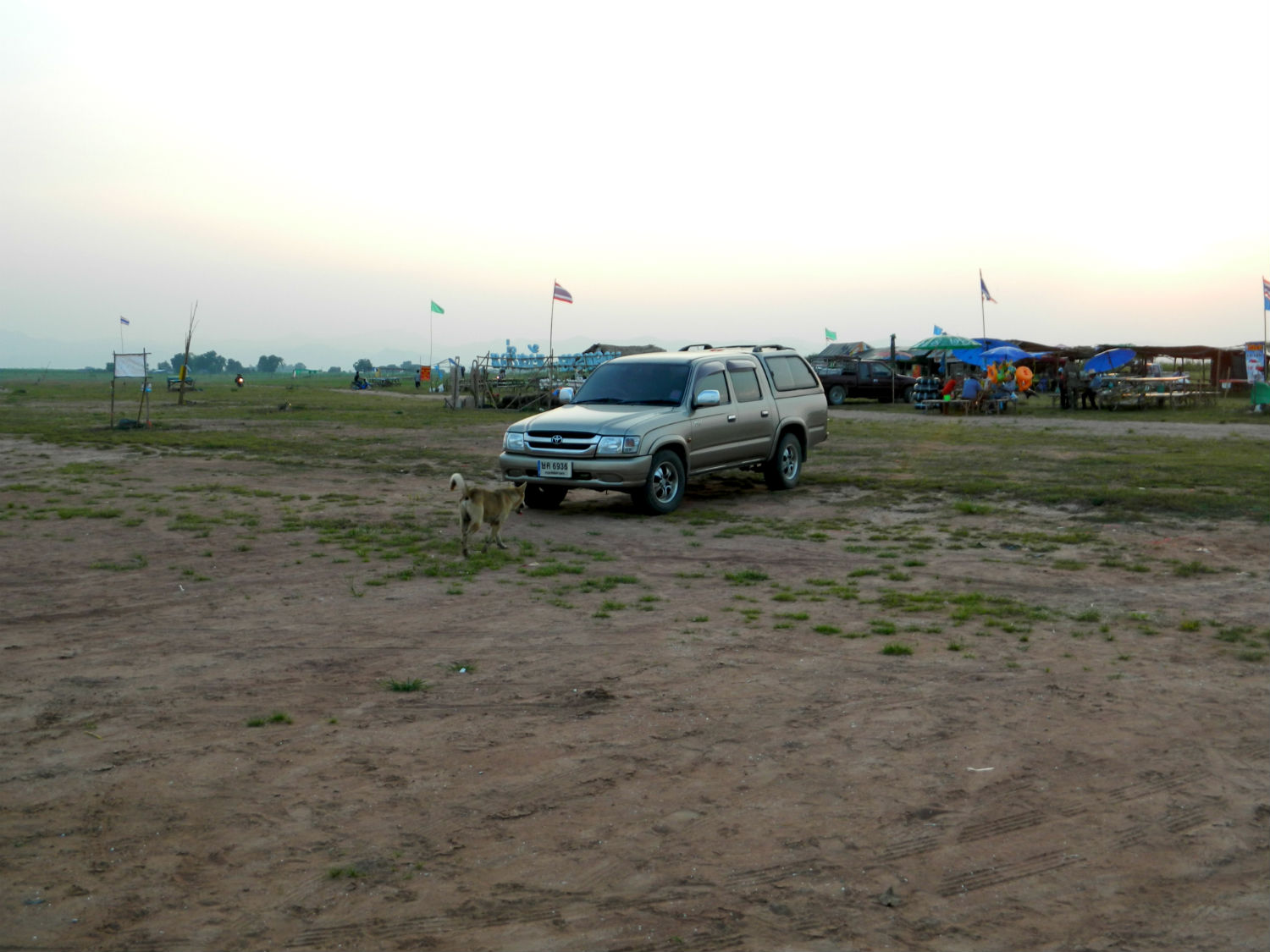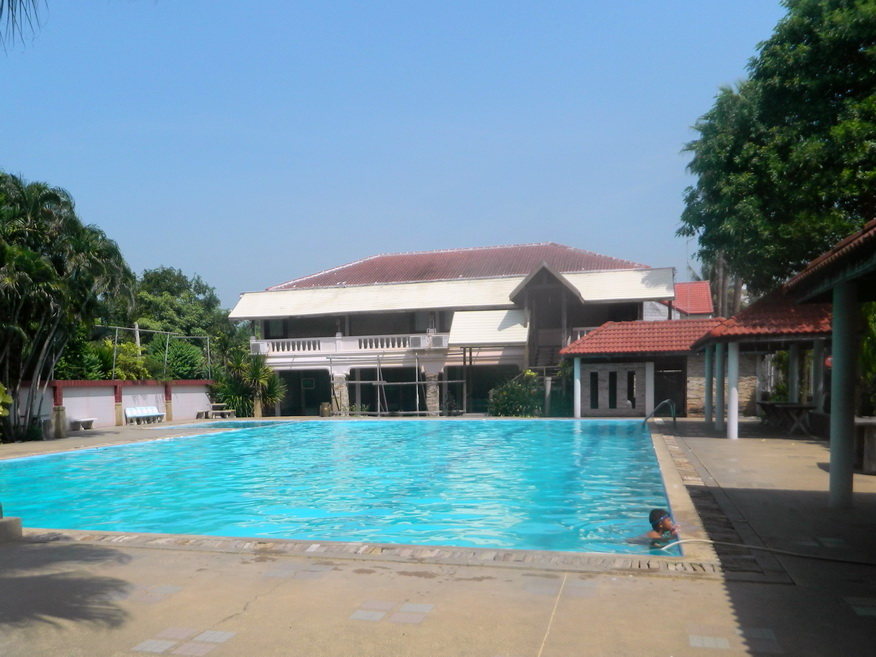|
|

|
Conclusion
As mentioned earlier this tour was built around a site visit to a temple in Chainat Province which was personal to Katoon. I would have designed something anyway but I’d never stayed in Chainat before. To turn this into a ten days tour I decided to include Suphanburi Province and hoped that I could do justice to both provinces. However after a few days it became clear this was a tall order and I decided to extend the tour. Simply picking and choosing was difficult as all sites had something different to offer.
In terms of output an incredible number of photographs were taken, nearly 1,300 while a considerable amount of additional data was collected over and above my initial research. This research was the key to productivity and in the main made locating tour sites much easier but for some sites the online sources were out of date or misleading but undoubtedly the tour was a great success with a very high identification rate. A good number of sites were added to the list along the way while failures were rare. The only ones of note being the U Thong National Museum which was closed on the days I visited, an orchid farm and the Lauda Air Flight 004 Permanent Memorial for reasons stated in my blog. The latter was not on my original list.
In terms of content there was a high number of temple sites visited, almost all of them ruins, ruins within temples or temples of some historical importance. I am aware that my concentration on these gives the impression of religious conviction. That isn’t the intention. It’s much more to do with historical significance and human development. I really find them more interesting than crocodile farms or monkey parks. Suphanburi and Chainat are not sexy in the broad sense. I don’t see foreign tourists coming here unless they have local connection but the area is so important historically. After the Great Ice Age the seas were much higher. Even though Chainat today is some 170 km from the ocean, it would have been almost a sea port in the Stone Age. Then as city states developed nearly 2,000 years ago there was still easy access to the ocean for trade but now the delta has silted up considerably and those city states have all but gone. When I walked around the royal town in Sankhaburi District nothing was more obvious. What really surprises me most is the sheer extent of development in the Davaravati Period and through to the Ayutthaya Period. Today it’s Bangkok that holds all the aces because of its links with the sea but the facinating Chao Phraya and Ta Chin Rivers are still key waterways and have a special charm of their own.
Finally I posted some material on facebook for the first time during this tour. I’m sure I gave the impression I was enjoying myself. Of course there are some dear memories coming off this tour including the two Thai Premier League games I watched but in the main it was hard work for me. I had to deal with flies and mosquitoes, intense heat at times in humid conditions and some ridiculous and almost suicidal driving from local car and motorcycle riders. Against that there’s been great hospitality and assistance when I needed it from local people. I also would like to thank Katoon for her dedication and attention to detail. We do have our ups and downs but he bottom line is that I could not have conducted this tour without her but neither could she go on tour without me. It’s a joint effort.
In terms of output an incredible number of photographs were taken, nearly 1,300 while a considerable amount of additional data was collected over and above my initial research. This research was the key to productivity and in the main made locating tour sites much easier but for some sites the online sources were out of date or misleading but undoubtedly the tour was a great success with a very high identification rate. A good number of sites were added to the list along the way while failures were rare. The only ones of note being the U Thong National Museum which was closed on the days I visited, an orchid farm and the Lauda Air Flight 004 Permanent Memorial for reasons stated in my blog. The latter was not on my original list.
In terms of content there was a high number of temple sites visited, almost all of them ruins, ruins within temples or temples of some historical importance. I am aware that my concentration on these gives the impression of religious conviction. That isn’t the intention. It’s much more to do with historical significance and human development. I really find them more interesting than crocodile farms or monkey parks. Suphanburi and Chainat are not sexy in the broad sense. I don’t see foreign tourists coming here unless they have local connection but the area is so important historically. After the Great Ice Age the seas were much higher. Even though Chainat today is some 170 km from the ocean, it would have been almost a sea port in the Stone Age. Then as city states developed nearly 2,000 years ago there was still easy access to the ocean for trade but now the delta has silted up considerably and those city states have all but gone. When I walked around the royal town in Sankhaburi District nothing was more obvious. What really surprises me most is the sheer extent of development in the Davaravati Period and through to the Ayutthaya Period. Today it’s Bangkok that holds all the aces because of its links with the sea but the facinating Chao Phraya and Ta Chin Rivers are still key waterways and have a special charm of their own.
Finally I posted some material on facebook for the first time during this tour. I’m sure I gave the impression I was enjoying myself. Of course there are some dear memories coming off this tour including the two Thai Premier League games I watched but in the main it was hard work for me. I had to deal with flies and mosquitoes, intense heat at times in humid conditions and some ridiculous and almost suicidal driving from local car and motorcycle riders. Against that there’s been great hospitality and assistance when I needed it from local people. I also would like to thank Katoon for her dedication and attention to detail. We do have our ups and downs but he bottom line is that I could not have conducted this tour without her but neither could she go on tour without me. It’s a joint effort.
 Suphanburi and Chainat provinces are rich in history with evidence of city states dating back to the early Dvaravati Period (4th Century). Evidence of the rise and fall of dynasties can be found at most every turn right up to the present day from ancient ruins to spectacular modern temples. Yet there are virtually no fees at all to visit these sites although you are free to give alms at all religious sites. There is a fee payable however for the national museum. |
 While Suphanburi offers Thai style food from many regions there are number of restaurants offering French cuisine. Naturally being near the Tha Chin River there are some local delicacies such as fresh water lobsters. You may also see local chiffon soft cake Sali Suphan, water chestnuts, bamboo shoots, termite mushroom, honey roasted duck, baked chicken, small croaker fish, sun-dried fish and sun-dried beef in local markets, restaurants and food stalls. In Chainat Province, the Chao Phraya also provides freshwater fish which can be streamed or grilled. Tom Yam Goong is a spicy Thai soup using fresh prawns. The province is also known for Huai Krot, a palm sugar in soft cake, the sugar palm grown extensively in Tambon Huai Krot. Traditionally produced, Huai Krot Sugar is very sweet and aromatic and an essential ingredient for making Thai desserts. My general advice on dining in Thailand also applies, click here. |
 During the Suphanburi and Chainat tour the same ancient but reliable Toyota Hilux was used as for the Western Provinces and Nakhon Si Thammarat tours earlier in the year. Since the autumn of 2014, a vehicle has been used on tours which have led to a marked increase in the distances travelled and consequently the sites visited. With the cost of fuel now so low it’s proved to be cost effective also, particularly considering the cost of borrowing this vehicle: Only 2,500 baht, £46 or $69 was spent on fuel. The maximum distance from Bangkok on this tour was around 200 km, only three hours drive. This allowed a high productivity rate of over 5 sites per day. The all in cost per site was 260 baht, around £5 per site for two people which is outstanding value for money. |
 The pool at Chainat Resort Climate data for Suphanburi shows that October is the second wettest month of the year while in Chainat it is the third wettest. However the end of Buddhist Lent (Auk Pan Sa) which signals the end of the monsoon rains occurs in this month; this month on the 24th but while this tour started a week earlier there was little rain to speak of by then. In fact temperatures were uncomfortably high for touring on occasions. On the occasions it did rain these could be described as isolated thunderstorms. Two in particular occurred while I was researching the loss of Lauda Air Flight 004 in 1991. It rained during my visit to the crash site and a particularly violent storm affected my visit to the memorial site in Suphanburi at the end of the tour. This led me to wonder whether I’d upset Storm God Zeus. These incidents apart there were no other interruptions due to the weather when daytime temperatures remained between 30 and 35 Celcius. |